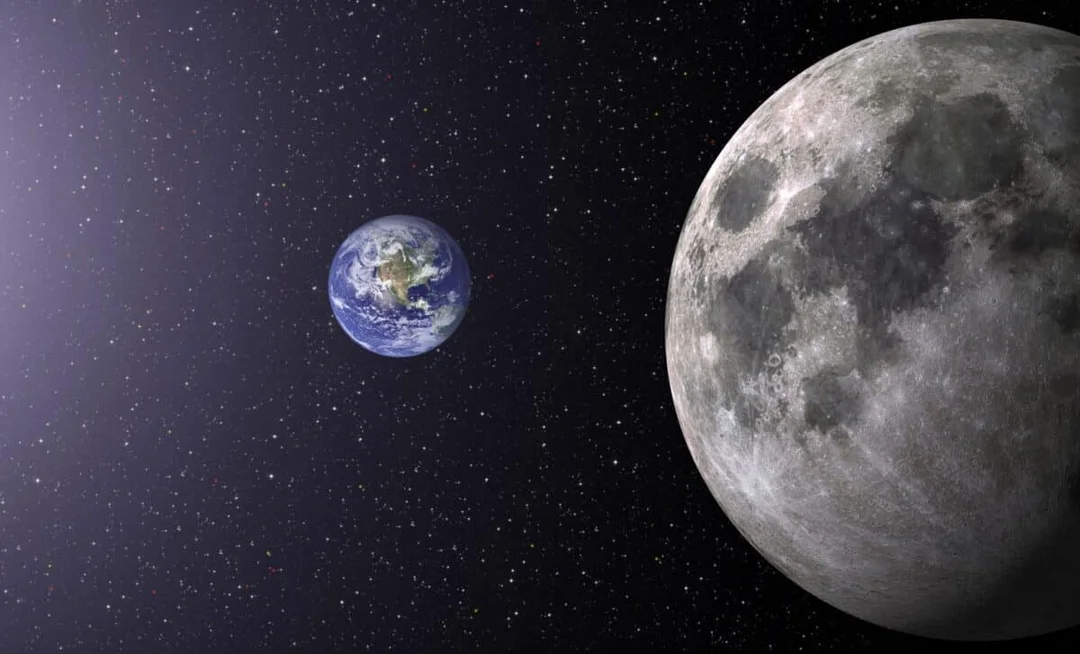
Earth’s Core Slowdown: A Planetary Puzzle Unfolding Beneath Our Feet
Deep within our planet, a fascinating drama is unfolding. Earth's inner core, a solid iron sphere roughly the size of the Moon, has been exhibiting a mysterious slowdown in its rotation after 14 years, sparking debate and prompting scientists to re-evaluate everything. This phenomenon, confirmed by recent research, could subtly alter the length of our days, revealing the complex interplay within our planet. Is this a temporary blip, or a sign of a deeper shift in Earth's mechanics?

Since 2010, the inner core's rotation has shifted, now lagging behind the Earth's mantle and crust. This discovery, highlighted in a study published in Nature, challenges previous understandings of Earth's dynamics. For decades, seismologists have tracked the inner core's movements using seismic waves from repeating earthquakes – natural “X-rays” that penetrate Earth’s layers. John Vidale, a seismologist at the University of Southern California, was initially "stumped" by the seismograms hinting at this change. The inescapable conclusion based on more observations is that the inner core is slowing down.
The exact cause remains a puzzle, but scientists propose several theories. The turbulent outer core, a sea of molten iron surrounding the inner core, may generate drag forces affecting its rotation. Furthermore, the gravitational pull of dense regions in the mantle and fluctuations in Earth's magnetic field could also be contributing factors. It's worth noting that the liquid outer core serves as a crucial buffer, allowing the inner core to rotate independently.
While this slowdown theoretically could lead to longer days, the change is minuscule – we're talking about changes measured in thousandths of a second. As Vidale puts it, this is "very hard to notice".
The research emphasizes that Earth isn't a static sphere, but a dynamic, layered system where components interact and move independently. Recent findings have already revealed the inner core to be lopsided and potentially softer than previously believed. Researchers are actively analyzing global seismic data and employing new technologies to better understand Earth's hidden depths, potentially revolutionizing our knowledge of planetary formation and behavior.
In the distant future, days could potentially extend to 25 hours, according to some predictions. This phenomenon of Earth's rotational slowdown is a dynamic process shaped by lunar gravitational forces, mass redistribution within the planet, and axial precession. This gradual deceleration has stretched a 10-hour day in the Earth's early years to our current 24-hour cycle. Will a 25-hour day be the catalyst for a new era of planetary understanding?
What does this all mean? The slowing core teaches us that even on a seemingly stable planet, profound changes are perpetually occurring beneath the surface. We invite you to share your thoughts in the comments below. What other secrets might our planet be hiding?